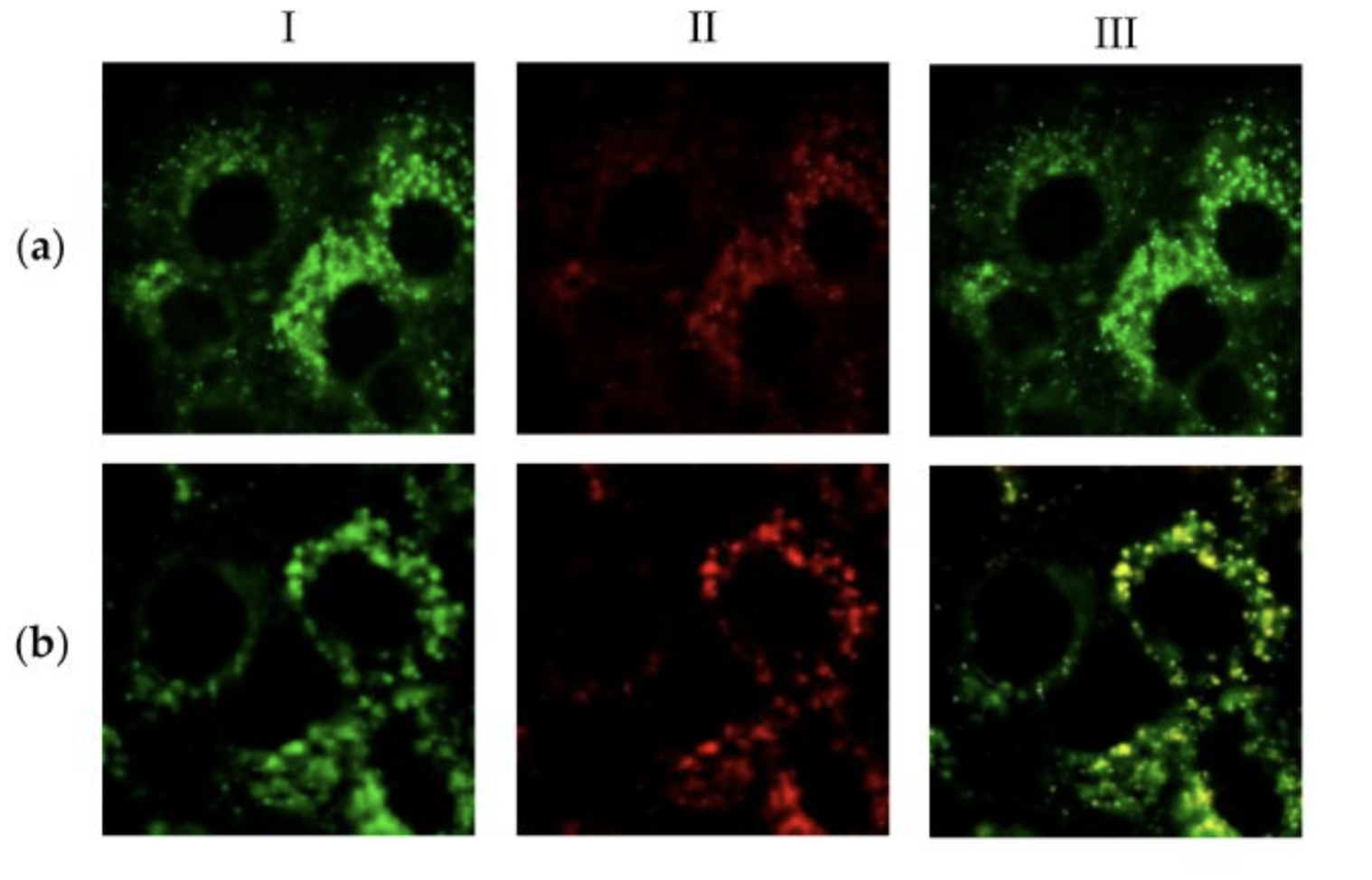A team of Russian chemists from the N.N.
DI.
Mendeleev, INEOS them.
A.N.
Nesmeyanov RAS, Moscow State University
M.V.
Lomonosov and IBH them.
academicians M.M.
Shemyakin and Yu.A.
Ovchinnikov Russian Academy of Sciences has created a sensor substance for detecting mercury in cellular tissues.
This was reported in the Sensors magazine.
Researchers have obtained a luminous substance, consisting of two photoactive fragments, which is suitable for the rapid determination of the content of mercury and its derivatives in a variety of biological tissues, regardless of the external environment.
Scientists note that the new sensor is much more accurate than many existing ones, since it does not require readjustment for each individual case.
Laboratory experiments on cell cultures have shown that the new substance is suitable for determining ultra-low concentrations of mercury down to tens of nanomoles per liter.
Mercury poisoning is very dangerous.
The nervous system is damaged, vision and hearing deteriorate, hallucinations and muscle cramps appear, cognitive functions suffer, and irritability increases.
Scientists can now measure mercury levels in food, particularly fish and seafood.
The developed mercury sensor, scientists say, has the ability to determine the concentration of substances by a combination of several optical signals (such substances are called ratiometric sensors).
Images from a confocal fluorescence microscope.
(a) - culture of cells treated with a sensor solution without Hg2 + cations.
(b) - cell culture treated first with Hg2 + and then with a solution of a sensor compound
© Sensors / MDPI Creative Commons
A feature of the new sensor is the ability to identify a hazardous element by a combination of several signals, depending on the intensity of the emitted light (luminescence in different wavelengths depending on the level of detected mercury).
Confirmation of the effectiveness of the new sensor was obtained as a result of a laboratory experiment on living cells.
Scientists cultured human lung cancer cell cultures, and then added them to a solution of mercury salts for 15 minutes, after which they were washed and injected with a sensor compound.
He was given up to 10 minutes to penetrate the cells, after which he was irradiated with light, exciting luminescence.
The concentration of mercury was estimated by the intensity of the radiation.
The results of additional experiments showed that the new sensor does not respond to the presence of cations of other elements, such as copper or lead.
It was also found that the new sensor is non-toxic and has high accuracy and fast response time.
This sensitivity, according to scientists, is sufficient to determine the critical content of mercury in biological tissues.
According to Pavel Panchenko, associate professor of the Russian Chemical Technical University and the first author of the work, scientists will expand the range of such sensors.
They plan to create sensory substances that are sensitive to other metals hazardous to human health.

